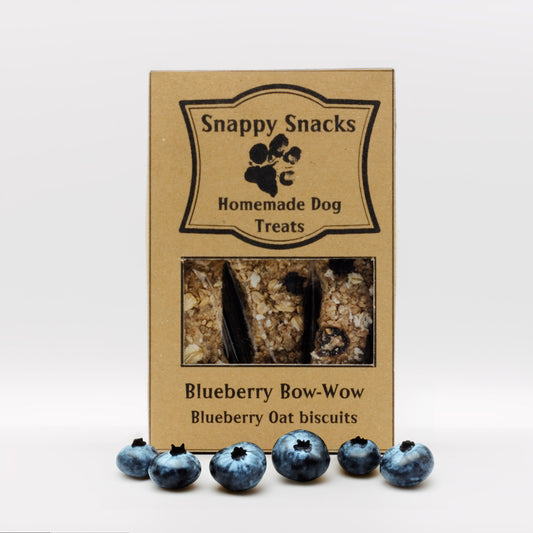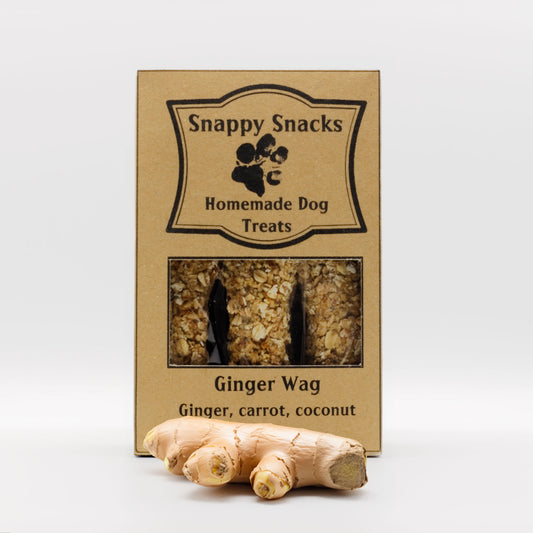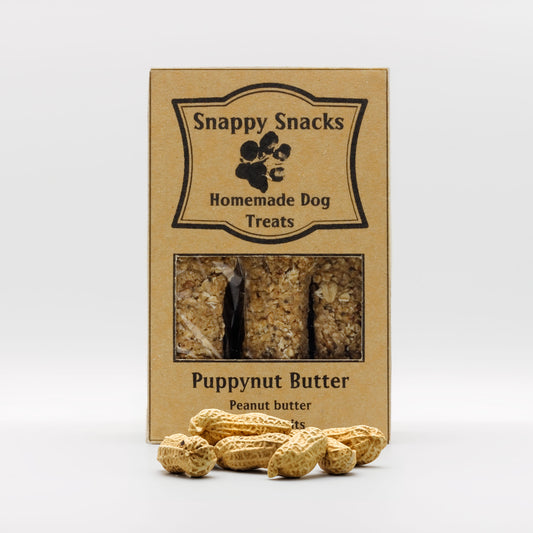
Storage Advice for Homemade Biscuits
Do Dog Treats Need to Be Refrigerated? Storage Advice for Homemade Biscuits
After stockpiling some delectable homemade dog treats, you're wondering...
Do you put them in the cabinet?
The refrigerator?
The freezer?
Storage is more important than you might imagine when it comes to natural or homemade treats.
Handmade biscuits require a little more attention to keep them safe and fresh for your dog, in contrast to store-bought brands that are loaded with preservatives.
This is all the information you need to properly store homemade dog treats.
1. Do DIY Dog Treats Require Refrigeration?
Sometimes, yes, but not always.
- It is dependent upon: The components
- The baking process If they are moist
- How long do you intend to hold onto them?
Generally speaking:
Crispy, dry biscuits can be stored at room temperature in an airtight container.
Treats that are moist or soft are best kept in the refrigerator.
- Treats containing fresh meat, eggs, dairy, or fruit purée ought to be handled like food rather than as snacks that can be stored on the shelf.
As a general rule, if it feels like a human cookie, put it in the cupboard. Refrigerate if it feels like a flapjack or muffin.
2. What Is the Shelf Life of Natural Dog Treats?
Depending on the moisture content and storage technique, homemade treats usually last one to four weeks.
This is a broad guide:
Type of Treat: Room Temperature Freezer
- Dry and crunchy biscuits two to four weeks 4–6 weeks 3–6 months
- Soft-baked or chewy sweets 3–5 days For a maximum of two weeks two to three months
- Meat or dairy-based treats Not advised Up to seven days One to two months
Always look for: Mould, Scent changes, accumulation of moisture within the packaging
Don't take a chance when in doubt.
3. Advice for Appropriate Treat Storage
✅ Keep them closed.
Use a resealable pouch, tin, or airtight jar. Air exposure results in stale (and possibly mouldy) biscuits.
✅ Keep dry and cool.
Treats should not be kept near radiators, direct sunlight, or humid kitchens. The ideal space is a cupboard or pantry.
✅ Put the open date on the label.
particularly if you switch up the flavours. You can prevent spoiling by being aware of when you opened a bag.
✅ Avoid combining new and old.
Finish the older treats first if you are adding to your treat jar. Batch mixing may result in uneven freshness or cross-contamination.
4. Are Homemade Dog Treats Freezable?
Yes, if you've made your own or purchased in bulk, freezing is a great way to preserve homemade or small-batch treats.
Methods for freezing:
- Put the treats in a freezer-safe or zip-lock bag.
- Put the date and flavour on the label.
- Before feeding, let it thaw naturally for 20 to 30 minutes.
The cold crunch is a favourite among most dogs, and it can even help dogs with sore gums or teething puppies.
5. What Constitutes Shelf-Stable Snappy Snacks?
These are our treats:
- Slowly baked in the oven to eliminate moisture composed of pantry-safe, dry ingredients.
- Stowed in resealable pouches to prolong freshness
- Preservative-free but made to last naturally
We advise:
- Keep in a dry, cool cabinet.
- Eat within three to four weeks of opening.
- To prolong their shelf life, place them in the refrigerator or freezer.
- As always, before feeding, look for indications of spoiling.
Last Remark
Even if your dog's treats don't have a "Use By" label, you should still treat them like actual food.
You can prolong the freshness, safety, and deliciousness of your natural or homemade dog biscuits with a little storage knowledge.
So feel free. Stock up on the good stuff and treat it with the same consideration and love that you would your own snacks.
Happy storing!
Karen , Trevor and Boa
Snappy Snacks




